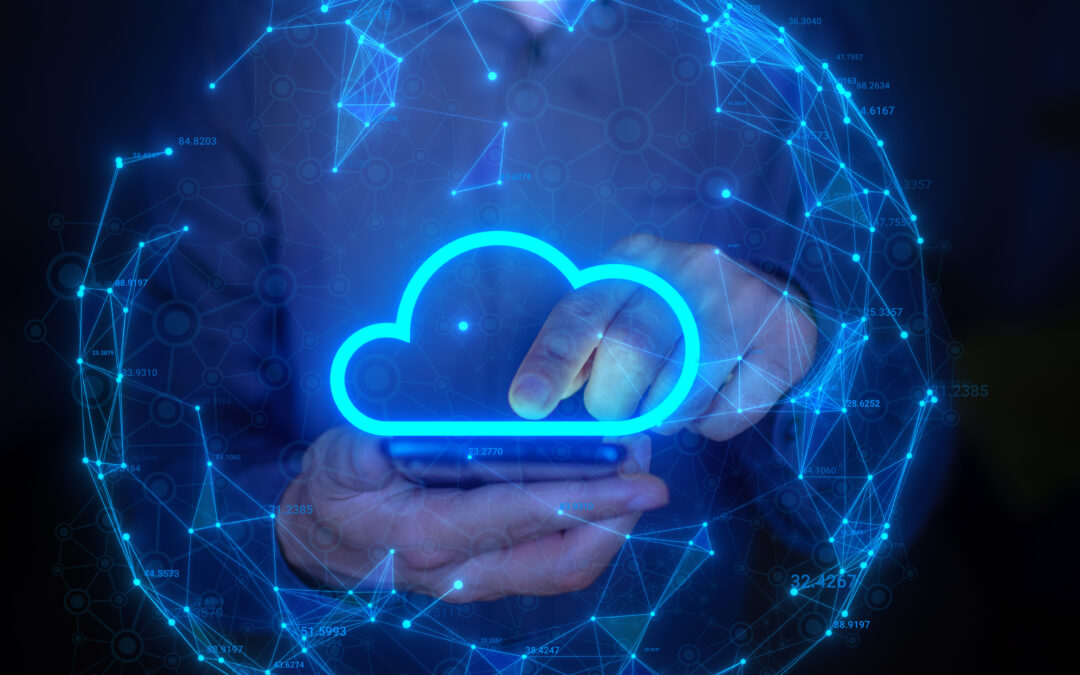With the expectation that the number of Internet of Things (IoT) connected devices will grow to almost 31 billion globally by 2020, edge computing has the potential to fundamentally change how organisations benefit from data.
For the uninitiated, edge computing is when a business generates, collects, and analyses data as close as possible to where that data is generated, instead of doing so from centralised services and systems. This refers to the ‘edge’ where IoT devices exist and the closer to the user or consumer of the data, the better.
In South Africa, companies in the industrial, insurance, and healthcare segments have readily embraced the benefits of computing on the edge. Just consider the amount of time that is saved when data analysis takes place at the point of origin which removes the delay that currently happens in getting the data through to the data centre.
Things like vehicle tracking, pacemaker data, and the like, and being able to track critical information such as car location or a patient’s medical condition in real-time are all a result of edge computing. A few minutes might not sound like a lot, but when every millisecond counts it could quite literally mean the difference between life or death.
Thanks to the evolution of technology, systems have gotten more complex. Add the fact that the number of IoT devices are increasing and you have an environment that is driven by data from all sides. Fortunately, data analysis is also becoming significantly more effective.
This means that businesses from all sectors of the market are starting to pay attention to what data analysis on the edge could mean for their competitive advantage. Already, we are seeing how data is being remodelled for IoT devices to work more efficiently.
Beyond the speed advantage, the edge provides a significant security benefit. Unlike the cloud where security is centralised, the edge distributes it across a range of devices and data centres. This means that there is a reduced risk that a single disruption can take down the network.
Of course, edge computing can provide businesses with significant economies of scale. Low latency and high availability on edge devices reduces the load on the warehouse. Furthermore, even supplementing the cloud with an edge approach can mean that businesses can get more value out of their data by running it uninterruptedly. In other words, analysis at the edge can be further enhanced by cloud-based analysis for a more complete operating environment. This results in a more agile organisation capable of embracing customer needs faster than before.
Edge computing does not have to be an ‘either or’ scenario with companies needing to choose between it or the cloud. Both these approaches can deliver a more dynamic way of leveraging data in the digital world.












